NEWS at Quanex
See the latest news, posts and events from Quanex about our business, the industry, our people and more.
Exploring the Benefits of Commercial Glass in Modern Architecture and Design
In recent years, the integration of commercial glass in modern architecture and design has become increasingly pivotal, influencing both aesthetics and functionality. According to the Global Glass Market Analysis, the commercial glass segment is expected to grow significantly, reaching an estimated value of over $150 billion by 2027, driven by advancements in energy-efficient and sustainable building practices. The use of commercial glass not only enhances the visual appeal of buildings, allowing for expansive views and natural light, but also contributes to energy conservation, as studies indicate that modern glazing technologies can reduce energy costs by up to 40%.
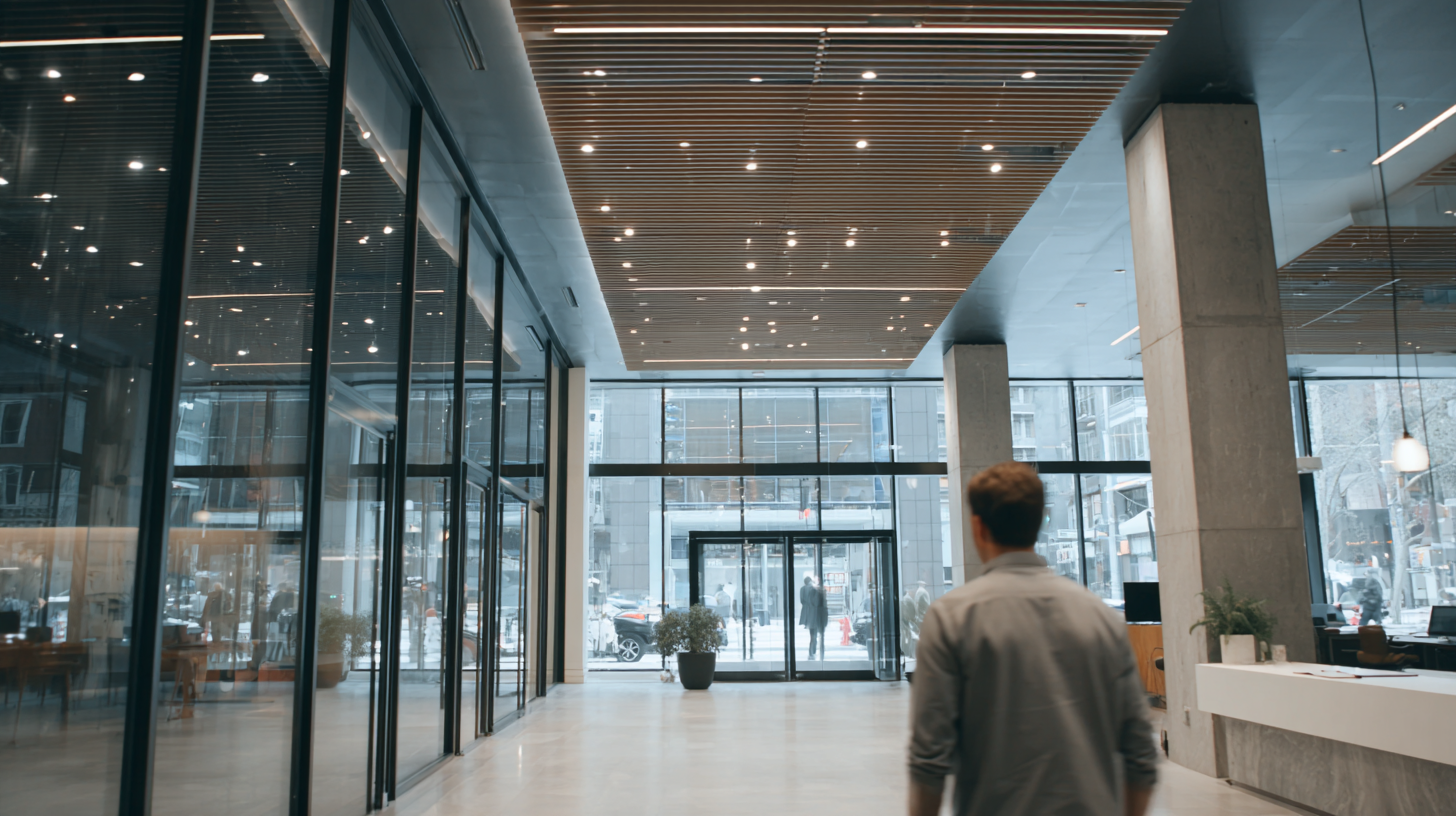
Moreover, with urbanization on the rise, architects and designers are recognizing the versatility of commercial glass in creating dynamic, adaptable spaces that respond to the needs of contemporary society. As such, exploring the benefits of commercial glass is essential for understanding its transformative role in shaping the future of architectural design.
The Role of Commercial Glass in Enhancing Natural Light in Architecture
The integration of commercial glass in modern architecture has revolutionized the way spaces are designed, particularly in enhancing natural light.
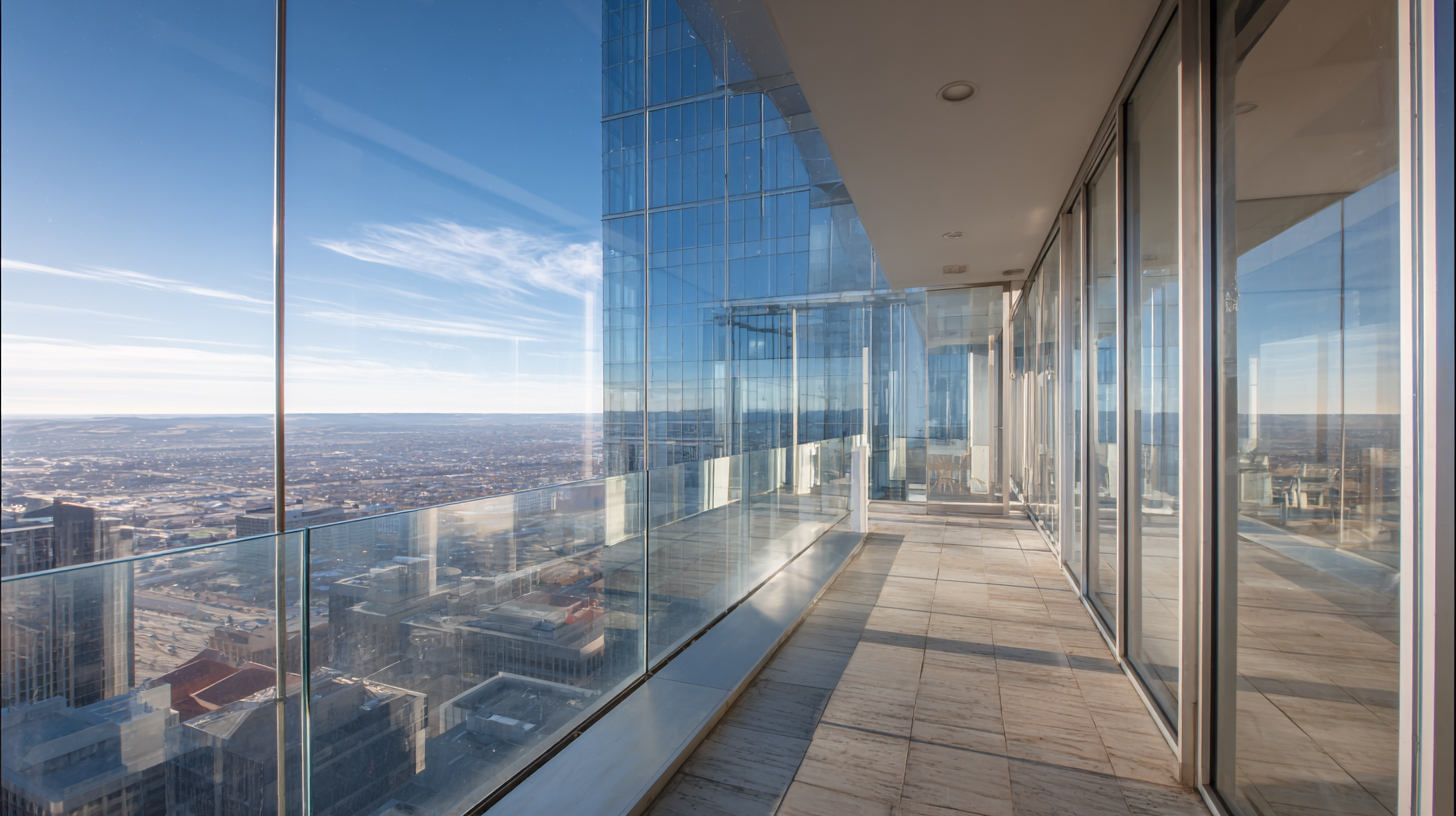 Large glass facades and expansive windows allow abundant sunlight to flood interiors, creating a warm and inviting atmosphere. This connection to the outdoors not only beautifies the space but also fosters a sense of well-being among occupants, which is increasingly vital in today's fast-paced world.
Large glass facades and expansive windows allow abundant sunlight to flood interiors, creating a warm and inviting atmosphere. This connection to the outdoors not only beautifies the space but also fosters a sense of well-being among occupants, which is increasingly vital in today's fast-paced world.
Furthermore, the strategic use of commercial glass can significantly influence energy efficiency. By maximizing daylighting, architects can reduce the reliance on artificial lighting, which in turn lowers energy consumption. Additionally, modern glass technologies offer improved insulation properties, ensuring that natural light can be harnessed without compromising thermal comfort. As a result, commercial glass becomes a key component in sustainable design, contributing to both aesthetic appeal and environmental responsibility in contemporary architecture.
Maximizing Energy Efficiency with Modern Glass Technologies
The increasing emphasis on sustainability in modern architecture has led to significant advancements in glass technologies. Among these, energy-efficient commercial glass stands out as a key material that not only enhances the aesthetics of buildings but also plays a crucial role in reducing energy consumption. By utilizing low-emissivity (Low-E) coatings and advanced insulating properties, modern glass can effectively minimize heat transfer, ensuring a comfortable indoor climate while decreasing reliance on heating and cooling systems.
Furthermore, innovative glass solutions such as triple glazing and dynamic glazing systems have revolutionized building design. Triple glazing provides superior insulation by incorporating multiple layers of glass, which significantly reduces thermal bridging and enhances acoustic performance. On the other hand, dynamic glazing allows windows to adjust their tint in response to sunlight intensity, optimizing natural light while curbing solar heat gain. This integration of smart technologies not only boosts the energy efficiency of buildings but also contributes to a sustainable future where commercial design aligns seamlessly with environmental stewardship.
Creating Aesthetic Appeal: The Visual Impact of Glass Facades
The integration of glass facades in modern architecture serves not only functional purposes but also significantly enhances aesthetic appeal. Glass structures create a seamless connection between the interior and exterior environments, allowing natural light to flood indoor spaces. This creates an inviting atmosphere that promotes well-being and productivity, as well as visually expanding the spatial perception within buildings. In urban settings, reflective glass can mimic the skyline and surroundings, contributing to a dynamic visual dialogue between the architecture and its environment.
Furthermore, the versatility of glass allows architects and designers to push creative boundaries. With advancements in technology, glass can be treated and shaped in various ways, resulting in distinctive designs that stand out. Textured, tinted, or patterned glass can evoke different moods and styles, adding layers of complexity to a building's facade. As a result, glass facades not only serve to protect and insulate but also act as a canvas for artistic expression, elevating the overall aesthetic and creating landmarks that define cityscapes.
Ensuring Safety and Security in Commercial Spaces with Strong Glass Solutions
In modern architecture, the use of commercial glass transcends aesthetics, particularly regarding safety and security. As businesses increasingly seek to ensure the protection of their spaces, robust glass solutions are integral. According to the "Glass in Construction” report by the Glass Association, nearly 30% of commercial property damage is due to break-ins, highlighting the need for durable materials that can deter unauthorized access while maintaining transparency and design integrity.
Advanced glass technologies, such as laminated and tempered glass, provide enhanced strength and resistance to impact. The International Glass Association states that laminated glass can withstand significant force, making it a preferred choice for storefronts and office buildings. Featuring multiple layers bonded with a polymer interlayer, this type of glass not only resists shattering but also adds an essential layer of sound insulation, essential for urban environments where noise pollution is a concern. By integrating these strong glass solutions, commercial spaces can effectively meet safety standards while contributing to a modern aesthetic that invites natural light into the workspace.
Exploring the Benefits of Commercial Glass in Modern Architecture and Design
This chart illustrates the various benefits of commercial glass in modern architecture and design. The data highlights the emphasis on safety, aesthetics, energy efficiency, natural light, and maintenance, showcasing how these elements contribute to the overall functionality and appeal of commercial spaces.
Sustainability in Design: The Eco-Friendly Aspects of Commercial Glass Usage
The integration of commercial glass in architecture is increasingly recognized for its eco-friendly benefits, essential for modern sustainability efforts. With rising awareness of environmental impact, materials like low-emissivity (Low-E) glass have emerged as game-changers in energy efficiency. According to recent studies, incorporating Low-E glass can reduce energy costs by an estimated 30% to 50% compared to traditional materials, significantly lowering a building's carbon footprint. This technological advancement not only enhances aesthetic appeal but also promotes energy conservation, fostering a sustainable approach to design.
Moreover, the concept of circularity in construction is becoming more prevalent, as it plays a critical role in minimizing waste and reducing emissions throughout a building's lifecycle. By 2025, sustainable architecture is projected to dominate construction trends, with top sustainable materials—including advanced glazing solutions—that contribute to the longevity and adaptability of structures. Innovative designs that prioritize sustainability are being highlighted in leading industry reports, showcasing a transformation towards eco-conscious development. These practices align well with LEED v5 standards, ensuring that modern architecture not only meets but exceeds environmental responsibilities while creating resilient built environments.

Related Posts
-

Emerging Trends in Commercial Glass Industry Spotlighted at 2025 China Import and Export Fair
-
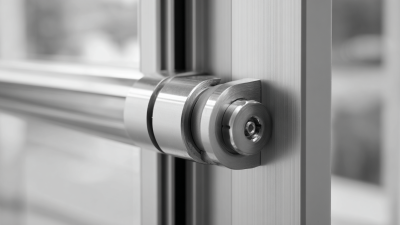
How to Enhance Energy Efficiency with Sliding Door Seals
-
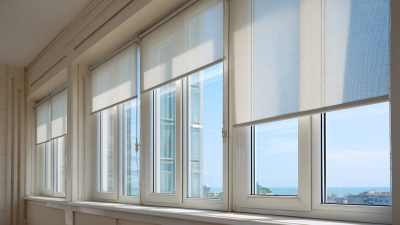
Emerging Trends in Exterior Window Screens Market Insights from 2025 China Import and Export Fair
-
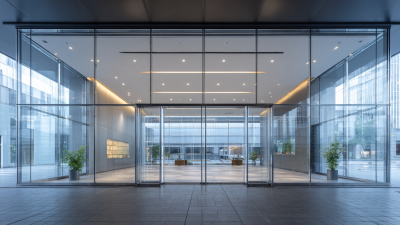
Why Choosing the Right Commercial Glass Door Can Transform Your Business Presence
-
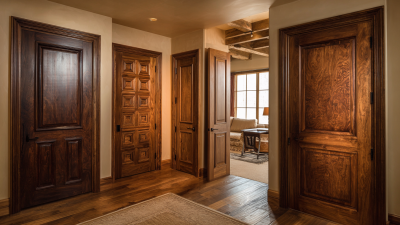
Exploring Innovative Interior Door Designs to Enhance Your Home Aesthetics and Value
-

Unlocking Opportunities for Screen Door Frame Innovations at the 2025 China Import and Export Fair
